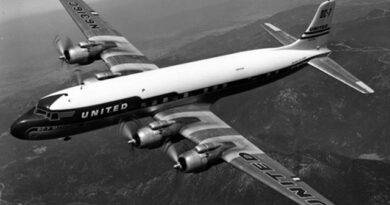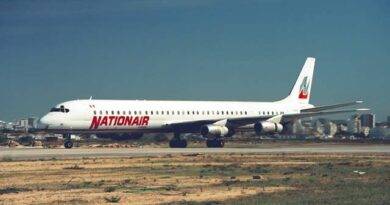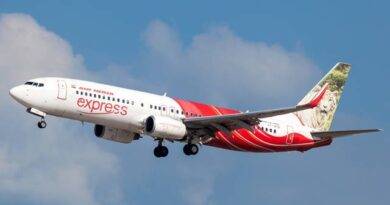Air New Zealand Flight 901 – 28 November 1979
On November 28th, 1979, Air New Zealand Flight 901, also known as the “Mount Erebus disaster,” crashed into the side of Mount Erebus on Antarctica, killing all 257 (237 passengers 20 crew) people on board. The tragedy was a shock not only to the people of New Zealand but also to the world, as it was one of the deadliest aviation accidents in history at that time. In this article, we will explore the events leading up to the crash, the aftermath, and the lessons learned from the tragedy.
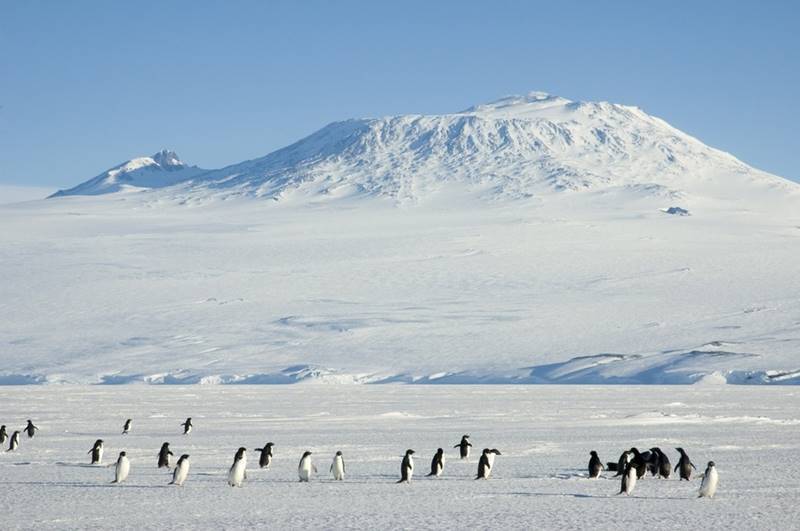
source: https://antarctic-plate-tectonics.weebly.com/mount-erebus.html
The Flight
Air New Zealand Flight 901 was a sightseeing tour of Antarctica, departing from Auckland and making several stops before reaching the southernmost continent. The flight was a popular tourist attraction, and the airline had been operating similar flights for several years without incident. On that fateful day, 237 passengers and 20 crew members boarded the DC-10 aircraft, which had been specially modified for the Antarctic tour.
The Crash
As the aircraft approached Antarctica, the pilots made a critical mistake in their navigation, deviating from the intended flight path. They believed they were flying over McMurdo Sound, but in reality, they were over Ross Island, heading straight towards Mount Erebus. The pilots were unaware of their mistake until it was too late. The aircraft crashed into the side of the mountain, killing all on board.
The Aftermath
The news of the crash stunned New Zealand and the world. It was the worst air disaster in the country’s history, and the loss of life was devastating. The investigation into the crash began immediately, and it was clear that there had been a major navigational error by the pilots. However, there was also controversy over the airline’s responsibility for the tragedy.
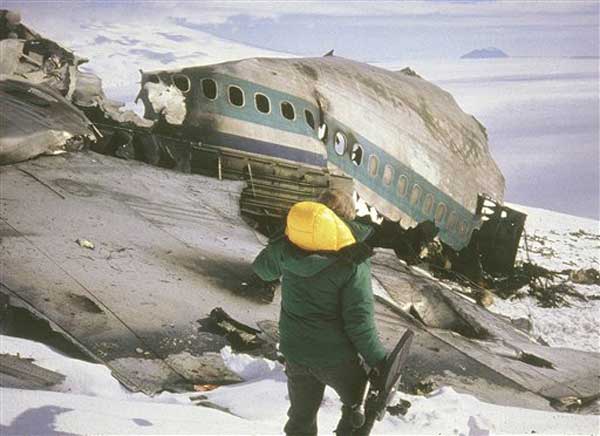
source: https://www.southpolestation.com/trivia/history/te901.html
The Lessons Learned
The investigation into the crash revealed several factors that contributed to the tragedy. Firstly, the pilots’ navigational instruments were not properly calibrated, and they did not have a clear understanding of the route they were flying. Additionally, the airline had not adequately trained their pilots for the challenging conditions of flying over Antarctica, including the lack of visual cues and extreme weather conditions.
The crash of Air New Zealand Flight 901 led to significant changes in aviation safety regulations. The accident highlighted the importance of accurate and effective communication between crew members and emphasized the need for comprehensive training and standardization of procedures. The disaster also led to the development of new technologies, such as the Global Positioning System (GPS), which has since become a standard feature in modern aircraft.
In Conclusion
The tragedy of Air New Zealand Flight 901 was a devastating event that shook the world. The loss of life was heartbreaking, and the lessons learned from the disaster have helped to make aviation safer for millions of people around the globe. The incident serves as a reminder of the importance of constant vigilance in aviation safety and the need for continuous improvements to ensure that such tragedies are never repeated.
Content and image Sources:
https://community.infiniteflight.com/t/a-disaster-on-mount-erebus-air-new-zealand-flight-901/303796
https://en.wikipedia.org/wiki/Mount_Erebus_disaster
https://www.southpolestation.com/trivia/history/te901.html
